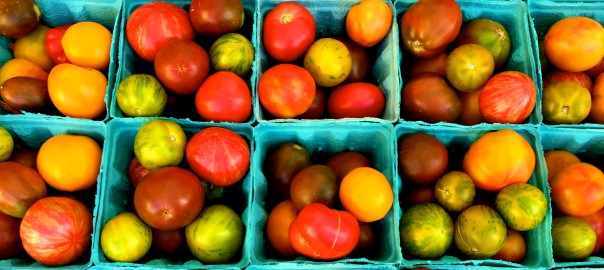PODCAST ADS CREATE HALO EFFECT
While podcasts still don’t deliver the ad metrics of other digital products, evidence continues to mount that podcast advertising is effective. A new Edison Research study commissioned by the IAB suggests that 65% of podcast fans “are more willing to consider purchasing products and services they learn about during a podcast.”
INSTAGRAM IS BIG & GROWING WITH MILLENNIALS
Four charts from eMarketer show how Instagram’s U.S. audience is substantial and growing, that more than half of US millennial internet users are “active” on Instagram, how the app is favored by college students, and how their user base trends toward higher incomes among U.S. teens.
#instagram #millennials #social
INSTAGRAM IS KING FOR RETAILERS
“’Instagram remains the king of engagement,’ with interactions that are ’10 times higher than Facebook, 54 times higher than Pinterest, and 84 times higher than Twitter.’
It also says Instagram users are considerably more open to what brands have to say on that platform, with 50% of users following brands. ‘Not all brands are benefiting equally on the platform,’ it says, ‘with the top seven brands in terms of engagement capturing 77% of total Index brand interactions over the past year.’
Further, a third of Instagram users made purchases on their phone, which makes them 70% more likely to do so than non-Instagram users.”
WHY FACEBOOK LIVE IS WRONG FOR ADVERTISERS
In an article for Ad Age, Carrie So argues that Facebook Live mid-roll ads are stuck in the past:
“Essentially, the concept strives to resurrect the 20th-century TV broadcasting model within the context of a 21st-century social network. Having just recently started testing mid-roll ads, Facebook Live wagers that viewers who log onto the site to see photos and updates from family and friends will not only want to watch live broadcasts — but will also stay tuned for the ads that scroll in the midst of the live programming.”
The two main problems: (1) mid-roll ads are easy for users to skip since it’s so easy to put down your phone during a break in the programming, and (2) there’s a distinct lack of quality control; even major publishers such as the New York Times are forced by their deals with Facebook to stream too many video hours to sustain high standards.
AD FRAUD REPORT POINTS TO CHROME AND INTERNET EXPLORER
A recent ad fraud report cited by the Wall Street Journal suggests the most ad fraud happens with Google’s Chrome and Microsoft’s Internet Explorer browsers. While both companies fault the study, it’s clear that since the two companies have the most users they also make the most attractive targets for fraudsters. While Microsoft has failed to patch security holes on IE (especially discontinued but still popular iterations), Google continues to work hard to try to stay ahead of the fraud where possible.
PEW RESULTS ON AMERICAN READERSHIP
The Pew report on reading in America is out, with results in line with what we’ve seen in recent years: overall adult reading is slightly down, ebooks remain plateaued, and the core demos of America’s strongest readers remain affluent, educated women:
“In the most recent survey, those most likely to be book readers included women; young adults (those ages 18-29); [and] those with higher levels of education and higher household income . . . These patterns largely hold for overall book reading and for the different reading platforms – printed books and e-books.
“The average woman read 14 books in the past 12 months, compared with the nine books read by the average man, a statistically significant difference. The median number of books read by women was five, compared with a median of three for men, which was not statistically significant.
“Those with higher levels of education were more likely to have read multiple books than those with high school diplomas or less. The typical college graduate or someone with an advanced degree read an average of 17 books in the previous year, compared with nine for high school grads and three for those who did not graduate from high school.”
FACEBOOK’S FIRST VERTICAL VIDEO ADS
The first vertical video ads have gone live on Facebook, and the results suggest a 3x improvement in performance and efficiency. This might be simply an example of a format getting increased attention mostly because it’s new, but given how video and social consumption have moved to mobile, we do think vertical video is here to stay.
BILLBOARDS CONTINUE TO MAKE NEWS
The New York Times reports on the continued importance of out of home advertising, even as online ads steal budgets from print and broadcast. The continued growth of digital innovation with billboards—both with creative and with user targeting—means the venerable ad platform is just as vital today as it was 100 years ago.
MOBILE APPS CONTINUE TO GROW
An article in Marketing Land points to a new report from ComScore that shows that two-thirds of all time is spent on mobile, and over half of time spent on mobile happens within apps. But while mobile has most total user hours, desktop still is king of the conversion. When the consumer is ready to pull the trigger, s/he still heads for the desktop. Here’s Business Insider’s take on the ComScore report.
Ceiling photo detail (c) 2016 Martha Otis


